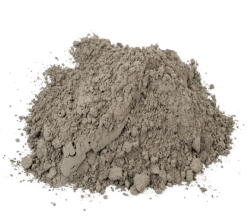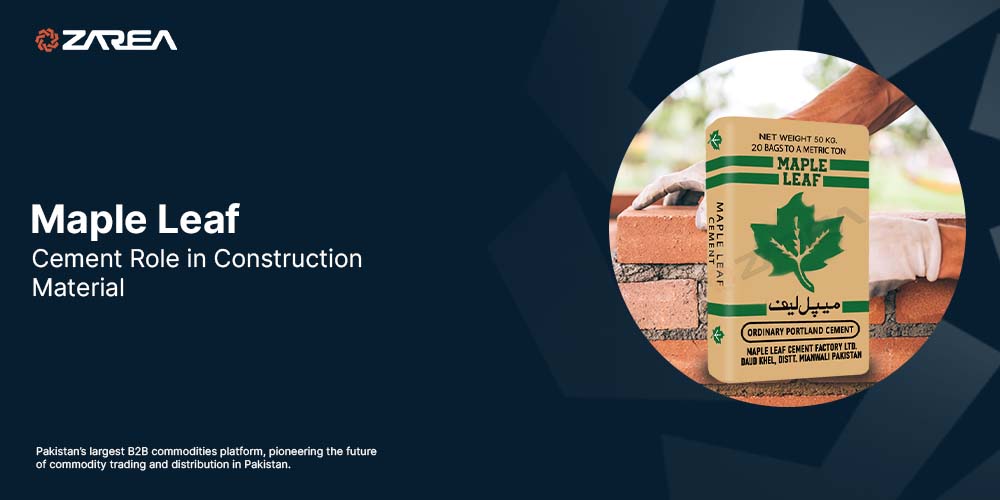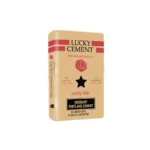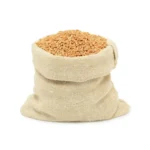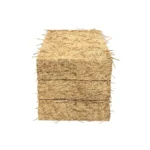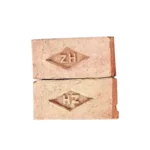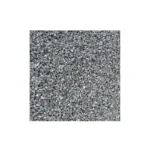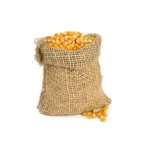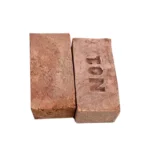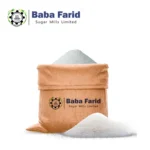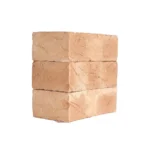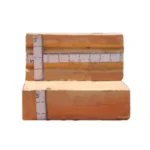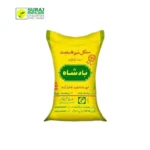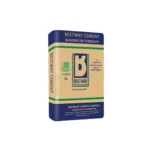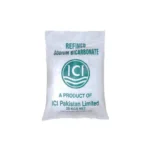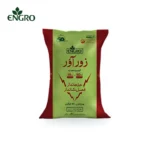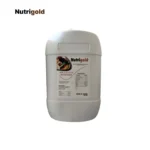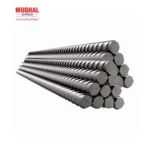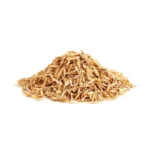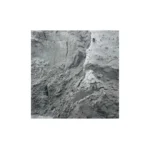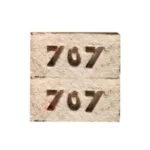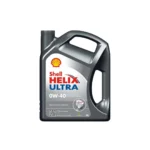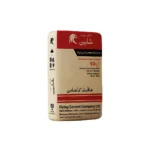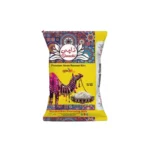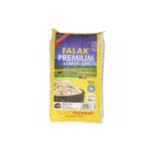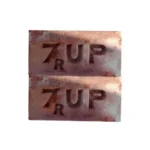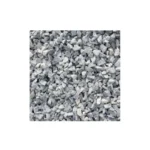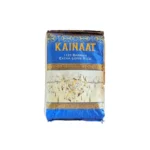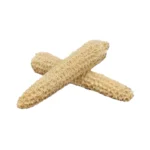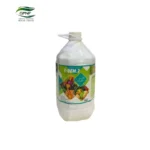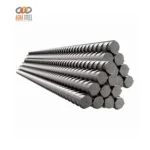One of the most popular and commonly used cement in Pakistan is Maple Leaf Cement. Maple Leaf Cement first started its production back in 1956. This cement company was established by West Pakistan Industrial Development Corporation (WPIDC).
Cement Corporation of Pakistan
At the time of its inception, the production capacity of Maple Leaf Cement was 300,000 tons annually. Maple Leaf Cement was later merged with another corporation known as State Cement Corporation of Pakistan. This merger resulted in the establishment of White Cement Industries Limited (WCIL). At the time of its inception WCIL had a clinker capacity of 15,000 tons annually. Another initiative of the State Cement Corporation of Pakistan was Pak Cement Company Limited. It had 18,000 tons per annum production capacity.
With the advent of privatization in the 2000s, all three companies were merged. The company runned two production lines, one for grey cement and the other one for white cement respectively. After the merger, the company acquired 90% of the market shares. The per annum clinker capacity increased up to 3.4 million tons in total. In 2019, the company further expanded its operations by starting a brownfield line. This further rose the production capacity up to 2.4 million tons per annum.
Market Dynamics
Maple Leaf cement is situated near the salt range and extraction site for essential materials used in construction like limestone, clay and sand. Located in Daud Khel, Punjab the location is quite favorable for Maple Leaf cement.
Just like Pioneer Cement, Flying Cement, Maple Leaf Cement majorly supplies to the northern regions. Maple Leaf cement is also exported to India, Afghanistan, Middle East and Africa.
Top Cement Companies in Pakistan:
- Flying Cement Limited.
- Bestway Cement Limited.
- DG Cement
- Fauji Cement
- Lucky Cement
- Maple Leaf Cement
- Power Cement
- Askari Cement Limited.
- Attock Cement Limited.
- Cherat Cement Limited.
- Dandot Cement Company Limited.
- Dewan Cement Limited.
- Fecto Cement Limited.
- Gharibwal Cement Limited.
- Javedan Cement Limited.
- Javedan Corporation Limited.
- Kohat Cement Limited.
- Pakcem Limited.
- Pioneer Cement Limited.
- Safe Mix Limited.
- Thatta Cement Company Limited.
- Zeal Pak Cement Factory Limited.
Maple Leaf cement is among the top tier cement companies in Pakistan. It is a subsidiary of Kohinoor Textile Mills Limited (KTML) which is a large group running businesses in the sector of power, investment and textiles.
Maple Leaf Cement Market Share:
Almost 55% of the shares of Maple Leaf Cement are owned by the parent company Kohinoor group (as of 2018). The remaining shares of Maple Leaf cement are nominally owned by insurance companies, banks, mutual funds and joint stock companies. Up to 27% of the company’s shares are held by the general public.
For the working capital needs of the parent company KTML, Maple Leaf cement offers loan facilities to the holding companies. The company also earns a markup which is equal to the one percent of the average borrowing cost of the company.
Maple Leaf Cement Business Raised Today
Maple Leaf Power limited is a subsidiary of Maple Leaf cement which is the sole owner of it. Maple Leaf Power Limited uses imported coal for the production of 40 MW of power. This plant efficiently cuts down the energy costs, making energy costs much lower as compared to grid prices.
The latest expansion of the company cost around 26 billion rupees. It raised the capacity of the company up to 5.4 million tons per annum, contributing to the increase in market share. This mega project was financed partially through equity and 59% through debt. Up to 12.5 percent right issue (at the rate of Rs 65 per share including Rs 55 premium was offered by the company.
Maple Leaf Financial Performance Level
Maple Leaf cement has been progressing by leaps and bounds. The company has undergone substantial growth even during some of the most challenging times for the industry. Due to its high utilization levels the company decided to expand. This can be proven from the fact that in 2012, the company faced its lowest utilization level which was only 79%. This shows that the company has set the bar high. Throughout the years, the company has maintained its utilization level around 80 percent on average.
The high demand is attributed to both the domestic and export market. The demand in the domestic market is relatively high. To create a balance, the company withheld its exports sales when the domestic demand was fairly high and increased the export sales when the domestic demand receded. Primiraily, the domestic market brings the highest price whereas in the export market prices are kept low to compete.
Key challenges Faces from 2013-2020
During the recent years of high demand, the competition remained steady and limited. From 2013-2016, the infrastructural expansion increased the demand for cement, partially owing to the CPEC project which was just kicking off back then.
During those years, the government raised developmental expenditure and the economic growth led to higher private spending particularly in the commercial sector. The construction industry was embarking on the journey of enhancing capacity. With improved retention prices, capacity utilization also increased. The situation was pretty favorable for Maple Leaf cement until 2018.
When the global coal prices surged in 2017, margins for the cement industry began to recede and continued till 2019. Coal prices affect the cement industry because coal is the primary raw material used in production of cement. The increase in coal prices also resulted in increase in coal prices. Since 2016, the per unit cost rose 20 percent with only a 3 percentage of drop in revenue per unit in 2018.
The company was able to reduce per ton power costs and was able to stabilize price hikes of input costs. The company was able to negotiate the situation because of the coal fired power plant. The company had a mutual agreement with Pakistan Railways for the reduction of inland transport overheads till 2021. Maximum proportion of expansion associated with LC was also played. This also helped the company to cushion against the blow on industry due to rupee depreciation.
From 2019 and onwards the clinker production declined by 12% while cement production declined up to 16 %. Domestic demand is rapidly fluctuating since the inception of the austerity drive of the government in recent years. With the decrease in developmental expenditure and business confidence , overall the industry faced new challenges. Despite all that, Maple Leaf cement was able to increase its revenue up to 1%.
Maple Leaf Cement Export Value in 2021
When it comes to export markets, India and Afghanistan are the two major markets. Recently, these markets became least receptive to Pakistani products. India shut down the exports completely. Comparatively, the southern industry suffered less due to this situation as they had easier access to overseas markets and switched to exporting clinkers. However, the situation was difficult for northern markets due to limited access. High-duties have further undermined exports during the past few months.
As per the nine months report of the company, Maple leaf cement successfully avoided revenue loss and downward profitability despite the significant increase in electricity tariffs by NEPRA. Majorly relying on its internal power production through coal-fired power plants the company was able to fairly meet its energy requirements.
The Future of Maple Leaf Cement
As mentioned before, rupee depreciation, high fuel-costs, high coal and freight prices have significantly reduced the margins. Contingent measures like using cost effective pet coke as an alternative can help the company to deal with this challenging situation. Despite its best efforts, the company lost its profitability by 60%. To overcome this issue, the company planned to float 85% of right shares for its improving debt to equity ratio. This will also help the company with its long-term expansion debt. The monetary policy with increased costs of borrowing has put a strain on the company. This is evident from the fact that the financial costs of the company were increased up to 5 percent since 2019. However, there is still some hope for the company and with effective inventory management the company can continue to win over the challenging times.
Maple Leaf Cement is one of the Top Brands on-board with Zarea.pk.
Zarea.pk has an answer to all your construction needs. You can check all the relevant information about construction, including daily prices of construction material in Pakistan. With the house construction cost calculator, now you can easily estimate your budget. The Maple leaf cement Price in Pakistan
Zarea.pk ensures that it provides high-end construction materials with unmatched quality. Our platform’s construction materials have the best base materials, prepared from the most precise methods. The companies listed on our platform assert a high-capacity of manufacturing. We ensure that each enlisted company has a standard compliance certificate that verifies the quality, quantity, and specifications of their construction materials.
Now you can Buy online all the high-quality construction materials in one-go. Our rate list will give you insightful information that will cut-short the tricky process of price comparison in the market.
Now Zarea.pk is offering Digital Payment Solution in Pakistan!
For the first time in Pakistan, Zarea.pk is offering digital payment solutions for the online buying of construction materials. You can not only browse numerous options for construction materials on Zarea.pk but can also get all the materials delivered to your door-step. With the technical expertise of Zarea.pk procurement of construction materials doesn’t seem like a complicated process anymore. You can also compare Daily Construction Material Prices in Pakistan on Zarea.pk.
